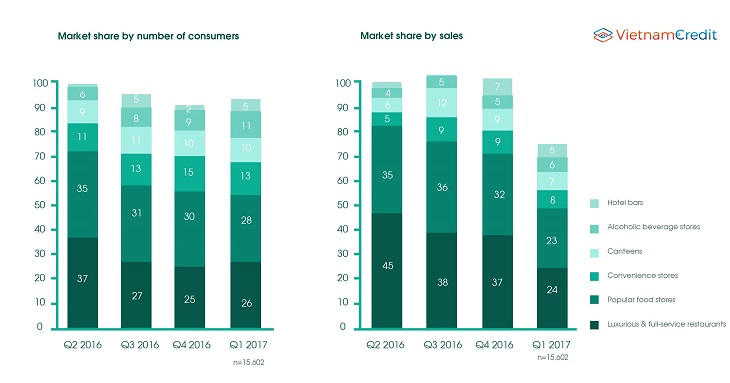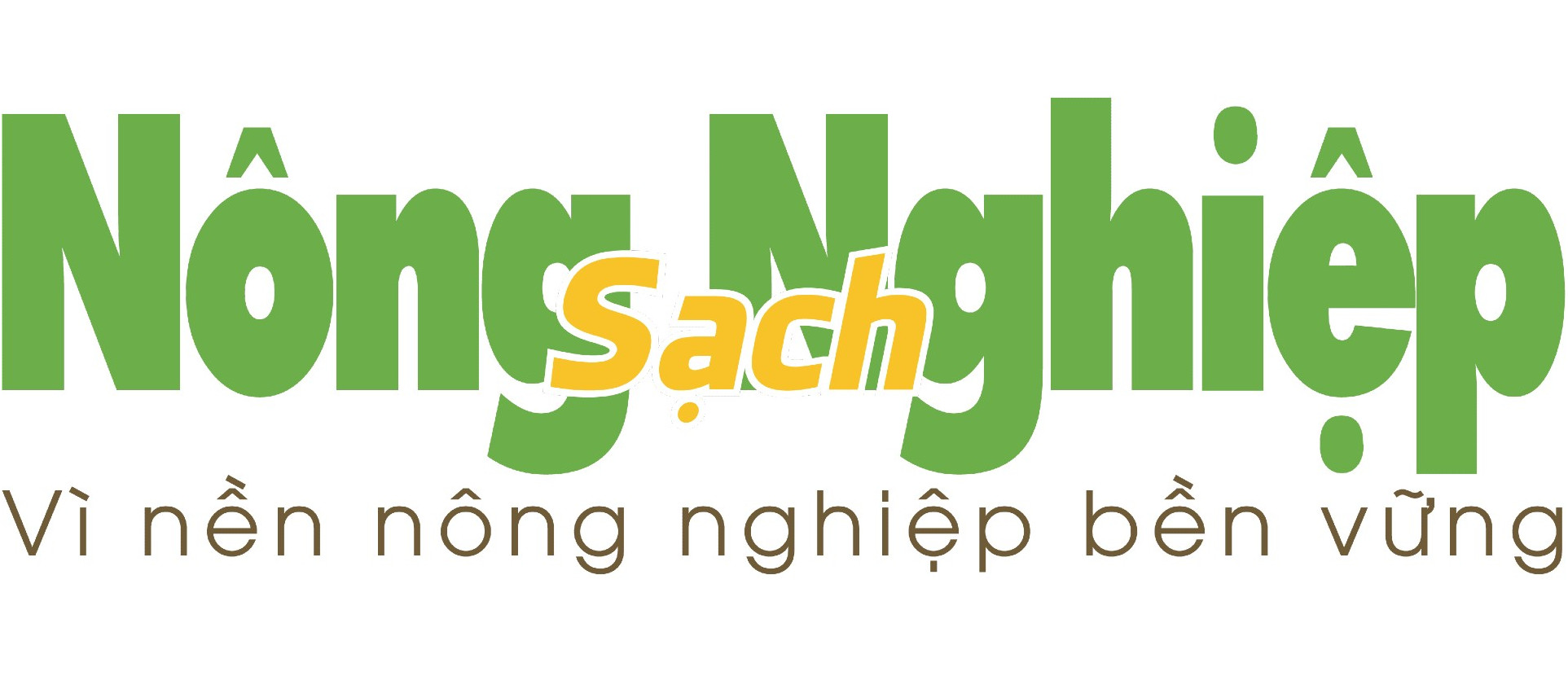VIETNAM’S FOOD INDUSTRY AMID COVID-19 PANDEMIC: WORRIES AND HAPPINESS
The market for food and non-alcoholic beverage is forecast to grow by 11.6% in 2018-2021 period and reach a value of USD 40 billion in 2021 (Business Monitor International Ltd).
With 33 million middle-class and well-off people by 2020 (equivalent to a quarter of population), Vietnam's consumption market promises to explode in the coming time according to the Boston Consulting Group (BCG). In addition, income of this population group is forecast to increase from USD 6,000 to at least USD 15,000 by 2035, and will double in 2050 (according to PWC).
Twenty percent of Vietnam's household's monthly spending budget is for food and drink. With such proportion, the market for food and non-alcoholic beverages is forecast to grow by 11.6% (2018-2021 period), reaching USD 40 billion in 2021 (Business Monitor International Ltd). Compared to other industries, this figure is nearly equal the growth rate of alcoholic beverages and tobacco (11.7%), and higher than the dairy industry (9%).
How much do Vietnamese people spend on eating out?
Eating out is becoming an essential part of modern life due to the increasing need for communication and meeting. According to a report by Decision Lab, in the second quarter of 2016 alone, the number of Vietnamese people (excluding children) coming to restaurants in three main cities (HCM City, Hanoi, Da Nang) reached 340 million, equivalent to USD 1.1 billion in revenue / quarter.
The amount of money that Vietnamese consumers spend on food and drink outside of home depends on where they live. According to Decision Lab's statistics, the average amount spent on a meal of a consumer in three big cities is:
1. Hanoi: VND 80,327
2. Ho Chi Minh City: VND 69,599
3. Danang: VND 65,526
In addition, different location choices also result in significantly different budget levels:
1. Luxurious restaurant with full service (Thai Express, Al Fresco, Gogi, ManWah, ...): VND 265,000
2. Hotel (3 stars): VND 216,000
3. Alcohol and beer stall: VND 193,000
4. Popular restaurant: VND 84,000
5. Fast food restaurant: VND 72,000
6. Convenience store: VND 50,000
7. Canteen: VND 40,000
8. Street food stall: VND 35,000
In addition, another report indicates that young people in Vietnam tend to spend about USD 80 - 120 / month for snacks such as sticky rice, fried corn, milk tea and coffee in their living area (Rama, 2018).
Share of different types of eating out
The two types that account for the largest proportion in both customers and revenue are full-service restaurants and quick-service restaurants. The difference between the two is that: the first type corresponds to typical restaurant models, where customers are served at the table (be it luxurious or medium), while the second suggests guests to serve themselves, mainly a bakery, cafe or fast food restaurant.
The proportions of these two segments are approximately the same and contribute 72% of total food sales.
The remaining 28% belongs to street food stores (11%), convenience stores, canteens, alcoholic beverages and hotel bars. Although Vietnam is famous for its street cuisine, this segment accounts for only 11% of total food consumption (outside) of the country.

Who often eat out and what are their concerns?
Eating out is more common among men than women who prefer home-based, economical and hygienic meals. In particular, the age group of 15-35 accounts for the majority of diners, and three quarters of restaurant visits fall into the C and D income segments (VND 7.5 to 30 million/month).
Despite a very high awareness of food safety compared to other countries in the region, Vietnamese consumers do not really care about this factor with only 5% choosing a good location for their health. Fifty percent appreciate comfort and practicality (such as whether the food is delicious, tasty and satisfactory) while 45% care about the service and incentives (greeted upon entering, served on the table, etc.).
The reason behind this is that Vietnamese think going out to eat is enjoying, gathering, entertaining, and it is "seldom", so it's not the time to worry about the healthy factor. In addition, they cannot expect this in small street food stores.
In recent years, with the multiplication of Western-style restaurant chains, foreign cuisine has become increasingly popular with Vietnamese consumers. In 2016, about 7% of outside dining fell to Western-style restaurants. However, the frequency of going to Western restaurants is still considered to be quite low.
Consumers mainly come here to entertain relatives or friends, partners, to celebrate important occasions or to find a new feeling compared to the experience at Asian restaurants. In contrast, the frequency of visits to traditional restaurants / bars is much higher (53%) and comes with simpler motivations such as the location, not wanting to cook, or simply because there is a lack of cooking ingredients at home.
What do Vietnamese people like to eat?
Vietnamese adults consume protein most (39%) (eg.: meat, pate, seafood, eggs), following is carbohydrates (35%) (eg.: rice, noodles, bread, cakes) when eating out. Western foods only account for 6% of consumption, equivalent to desserts.
In contrast, Vietnamese children consume twice as much Western food while the proportion of protein and carbohydrates they take is not much different from adults. As for outside drinks, Vietnamese adults (general statistics of both sexes) love beer (22%), followed by fruit juice (14%) and coffee (13%).
However, separating the two sexes will show a clear difference: while 29% of men consume beer, women drink juice (21%), smoothies (14%) and milk (13%). Among Vietnamese children, there is almost no difference between the sexes, with about 30% for milk, 21% for juice and 20% for carbonated soft drinks.
Q & Me's statistics about the frequency of Vietnamese consumers using milk tea and coffee show that adults (over 30 years old) regularly visit café (mostly 2-3 times / week) while young people (18-30 years old) prefer milk tea shop (same frequency).
Source: Decision Lab, Q & Me







 (1).png)
.png)









